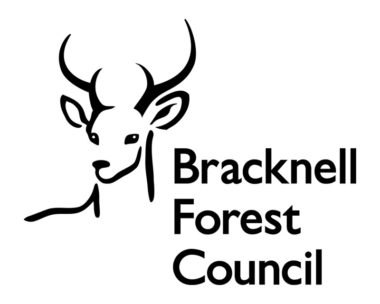As the web grows at a rate of knots, enforcement is needed more than ever before to maintain a ‘safer internet’. With many websites asking for personal details, platforms need to protect themselves from emerging cyber threats that attempt to steal visitors’ data and avoid a series of ongoing time-wasting hacks.
This area may be more difficult for people with disabilities. How is that, I hear you ask? Well, one of my colleagues has agreed to put his knowledge about this in his first blog below:
How inclusive design creates a safer internet
In today’s digital age, discussing a ‘Safer Internet’ goes hand in hand with ensuring inclusivity, especially when it comes to assistive technologies.
Educational Policymaker Judy Heumann said:
For most of us, technology makes things easier. For a person with a disability, it makes things possible.
These words in this quote highlight how technology doesn’t only make things easier for most people, but it can also make the impossible possible for people with disabilities. In this blog, I will be discussing how inclusive design creates a safer internet, breaks down social barriers, and the role that assistive technologies play in achieving this outcome.
During our lifetime, we will all have or know somebody who has some form of disability. As of the 2021/22 financial year, 24% of the total population had a disability.
This can be in the form of:
- Being born with a permanent disability, such as being blind
- A temporary disability, such as breaking an arm
- A situational disability, such as being within a noisy environment
Cybercrime disproportionately targets the elderly and the vulnerable, so how can inclusive design make the internet safer? When a website is built with accessibility in mind, it means that disabled users can experience the same secure experience as their non-disabled counterparts. For example, users with cognitive impairments may use a password manager so that they can have long, complex passwords without having to memorise them. However, if a website has been created so that the user is unable to paste their password into the input field, they are unable to have the same secure experience. This may result in a user creating simpler passwords, therefore, potentially being vulnerable to cyber threats.
Social barriers
Despite advancements in technology, social barriers still exist. These barriers manifest in various ways, such as inaccessible websites, poor design practices, and a lack of awareness. Addressing social barriers requires multiple approaches, such as legislation, education, and advocacy.
So, how can websites be designed in such a way that they enable the same experience for all users of the internet? This can be achieved when organisations follow the Web Content Accessibility Guidelines (WCAG). Using my example, there is a criterion called ‘Accessible Authentication’. The goal is to ‘make logins possible with less mental effort’ so that users ‘don’t have to solve, recall or transcribe something to login.’ This has already been implemented in various ways, such as with biometric logins, two-factor authentication, and logging in with your Google or email account.
Sources:
- Rapid literature review on assistive technology in education
- UK disability statistics
- Understanding Accessible Authentication
Thank you, Matthew, for that informative blog. We look forward to many more contributions from you.
The accessibility of website CAPTCHAs
Regarding what Matthew was saying, I remember when many websites needed the person to solve a picture CAPTCHA to prove their authentication. This would be presented as a distorted word, amongst several colours. This proved inaccessible to screen readers, and I am sure a few other disabilities, too. Over time, these have become more accessible with the introduction of accessible features, such as an audio challenge. However, the first ones were so difficult to understand that it was almost as bad for me as undertaking a picture test. Luckily, in 2025, most of these CAPTCHAs will have a good alternative, although different variations could still be adopted to create a more accessible CAPTCHA.
The future of a ‘Safer Internet’
The understanding that the internet needs to be more inclusive is slowly being realised. Along with the need for heightened digital security for both visitors and the website itself. All we need now is for everyone to take this on-board, bringing society together in our World Wide Web, with security as well as its accessibility being considered.







